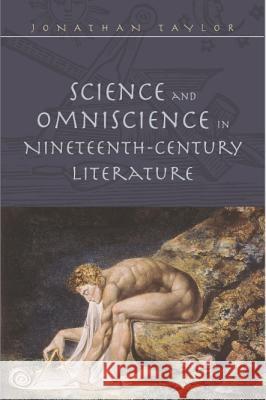Science and Omniscience in Nineteenth Century Literature » książka
Science and Omniscience in Nineteenth Century Literature
ISBN-13: 9781845191252 / Angielski / Twarda / 2007 / 202 str.
This book takes as its starting point Pierre-Simon Laplace s much-cited dream in 1812 of a vast intelligence which can embrace in the same formula the movements of the greatest bodies of the universe and those of the lightest atom and for which the future and the past are equally calculable. Laplace sets out the echt-Enlightenment ideal of scientific omniscience and the classic statement of a deterministic universe. The author investigates some of the ways in which Laplacian and, indeed, Newtonian models of observation and the universe are at once assimilated and complicated by Romantic and Victorian writers such as Carlyle, Burke, Abbott, Poe and Wordsworth. In particular, it aims to retrace some of the ways in which LaplacianNewtonian models of scientific intelligence come to inform nineteenth-century writers views of themselves and their own modes of observation. The author also explains how some of these literary reimaginings look forward to more modern conceptions of science in the twentieth and twenty-first centuries, such as Chaos Theory and Einsteinian Cosmology. Oddly enough, contemporary science would seem to realise Carlyle s vision of a Natural-Supernaturalism, fusing Laplace s mechanical vision with Romanticism. This book covers a vast array of topics, including Philosophy, Wagner s music and music in general, Jungian analysis, and ends with the omniscient narrator in Charles Dickens s The Old Curiosity Shop, as an example of what came to be the dominant mode of narration in later Victorian fiction."











